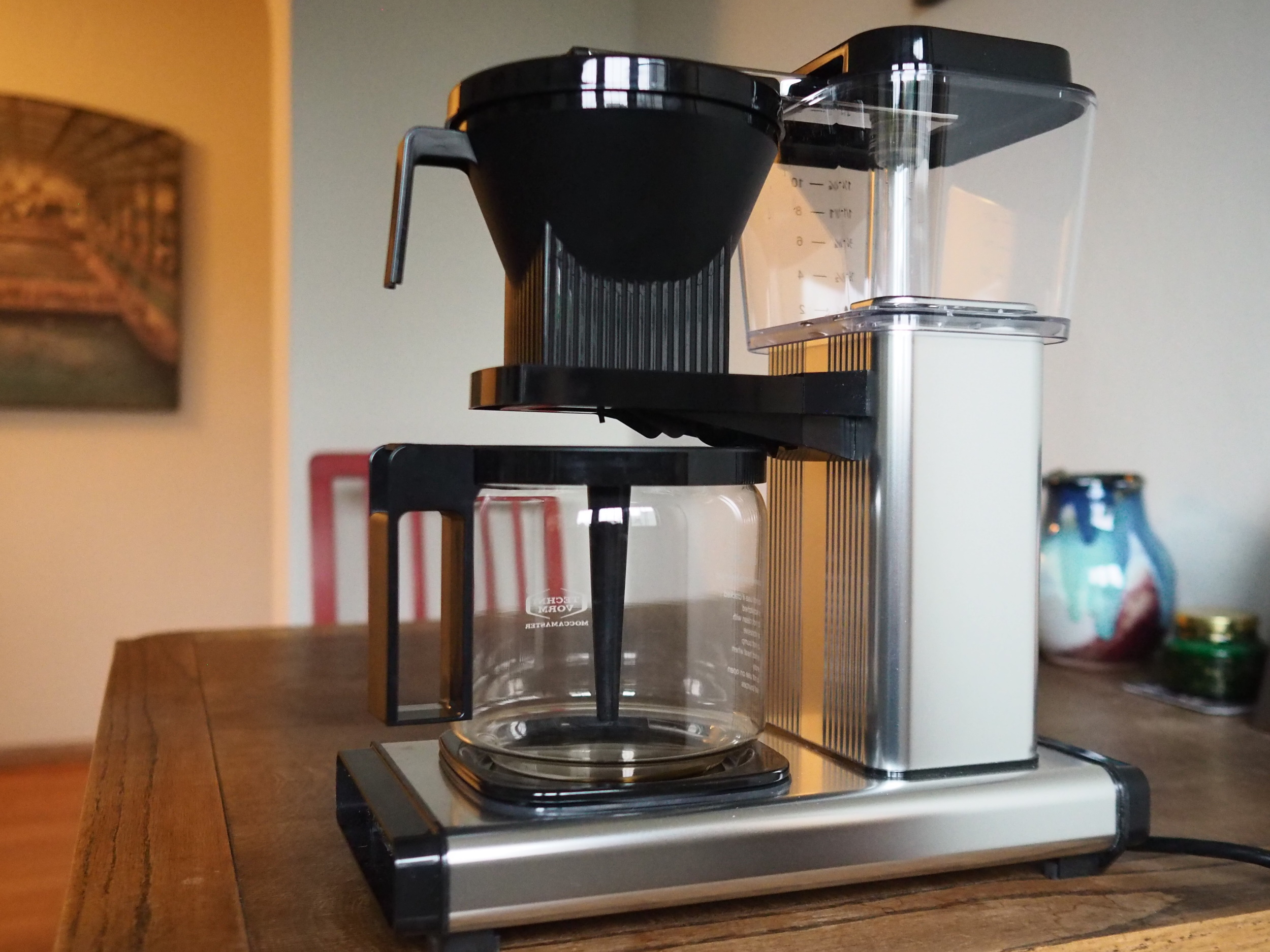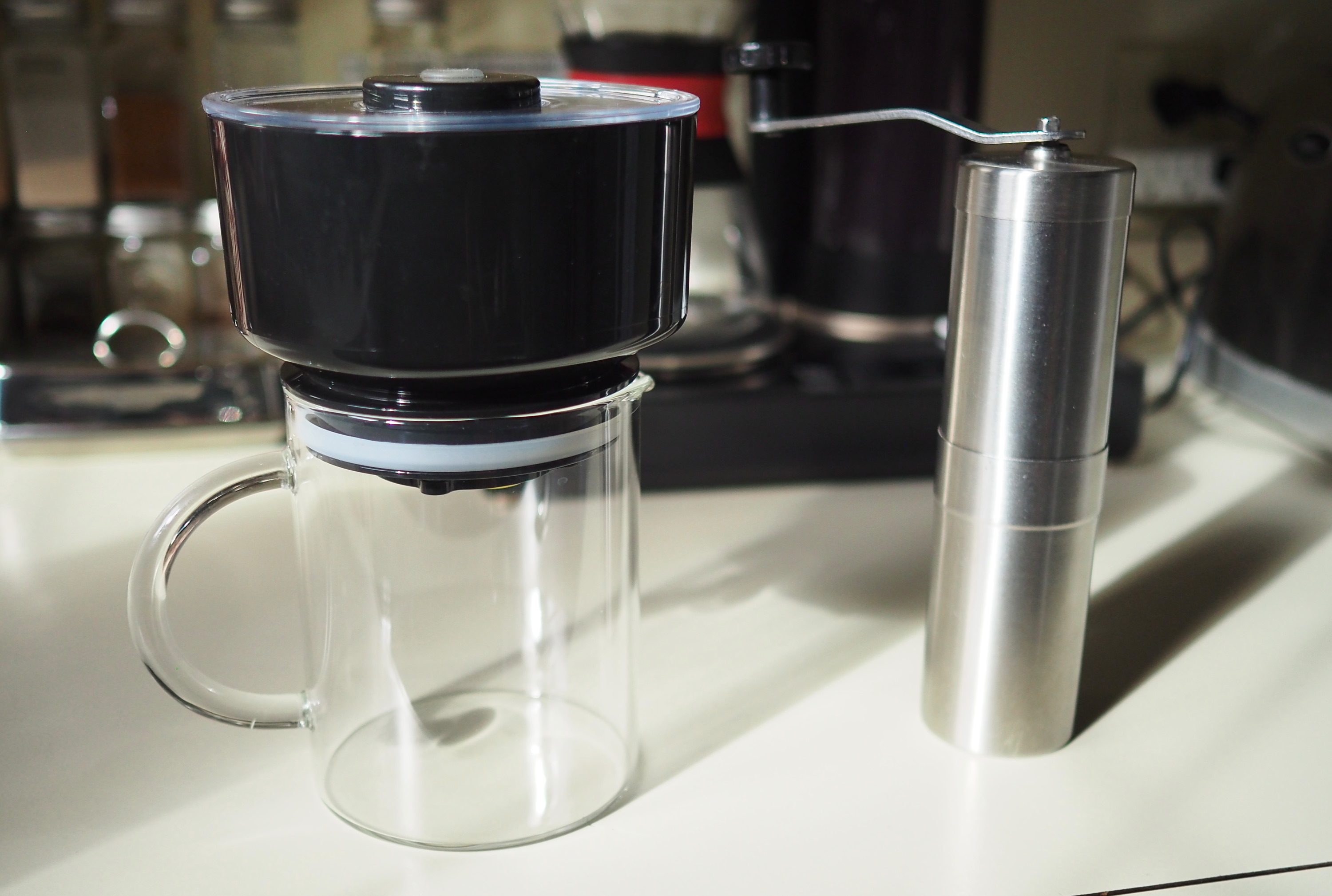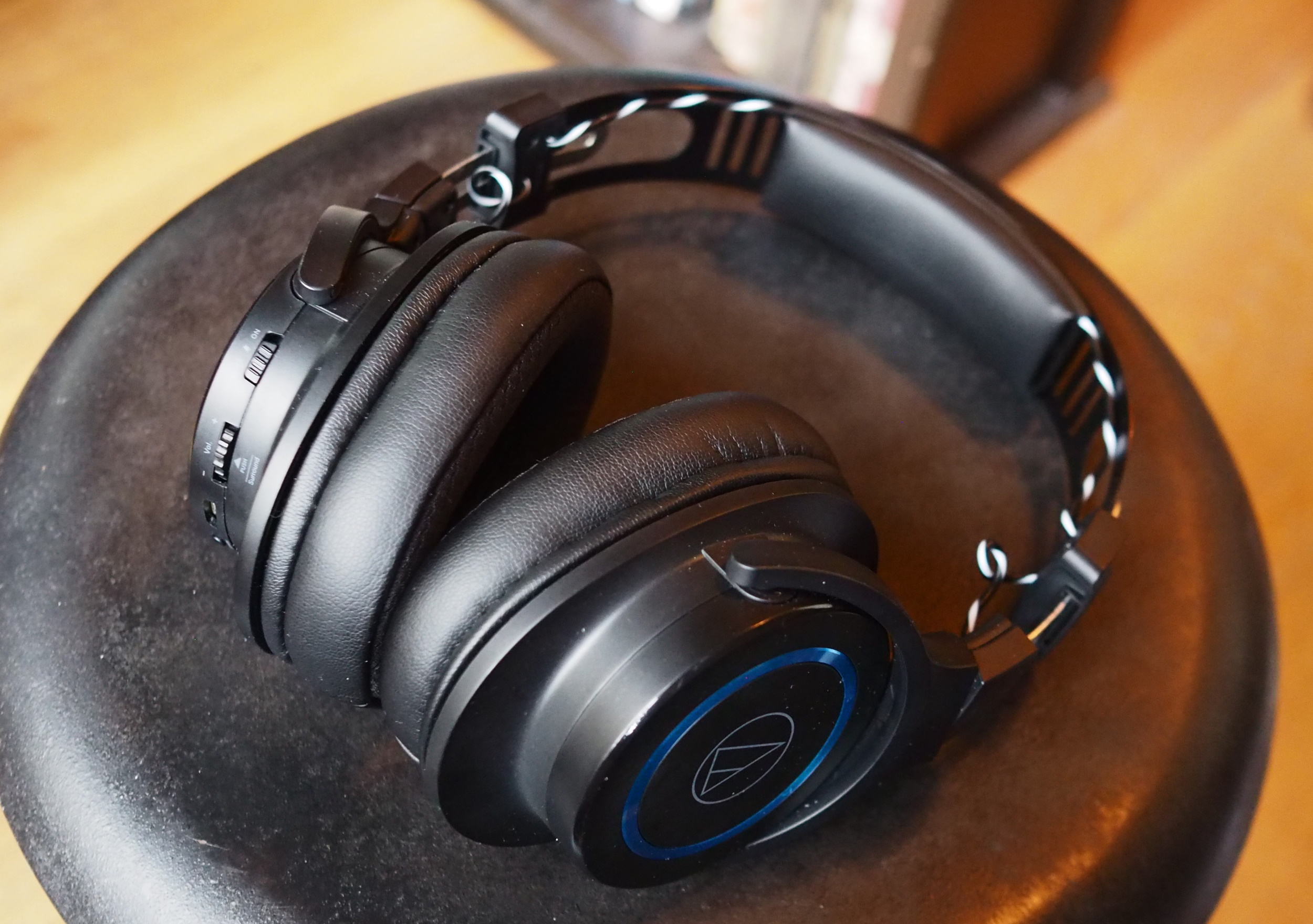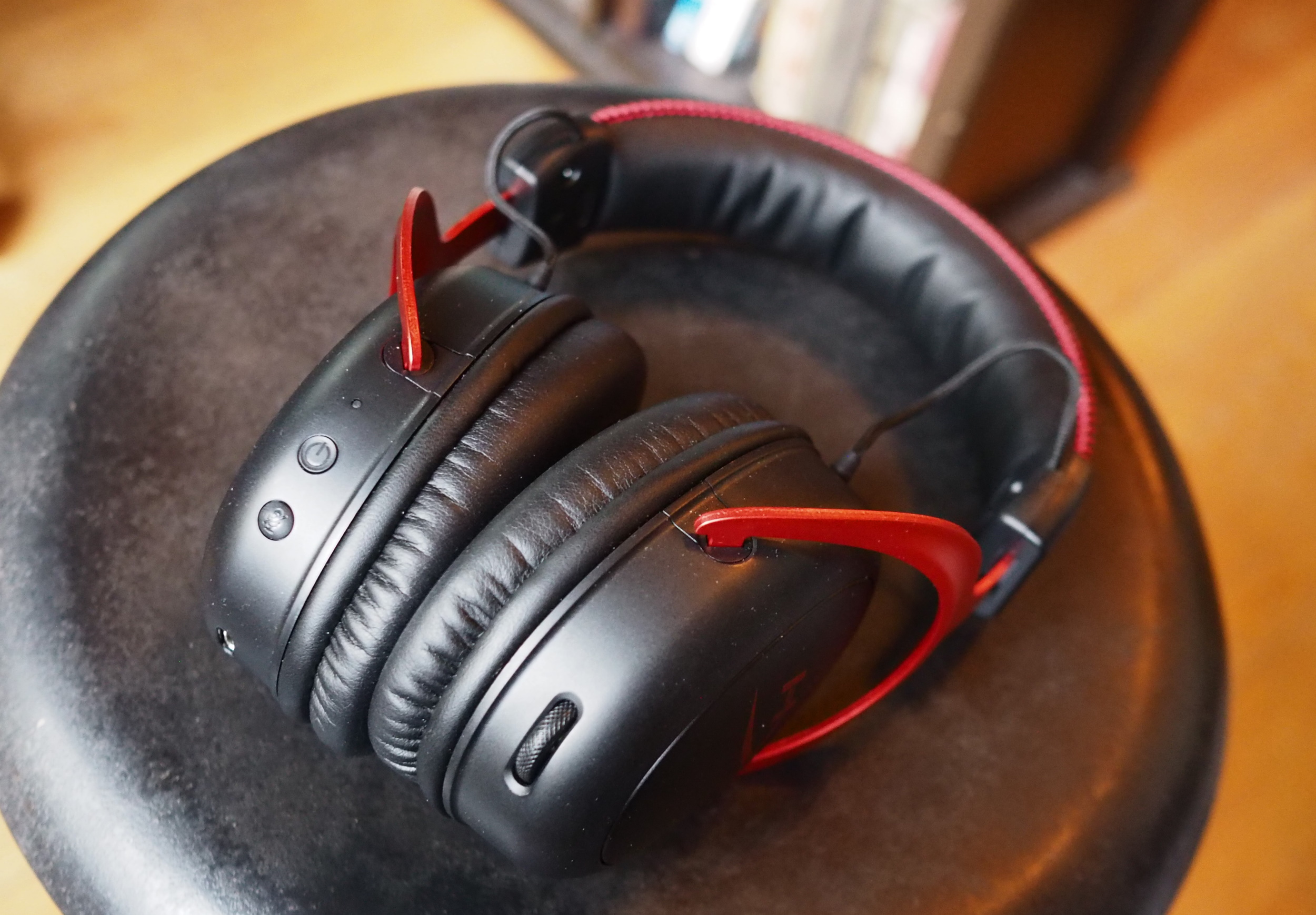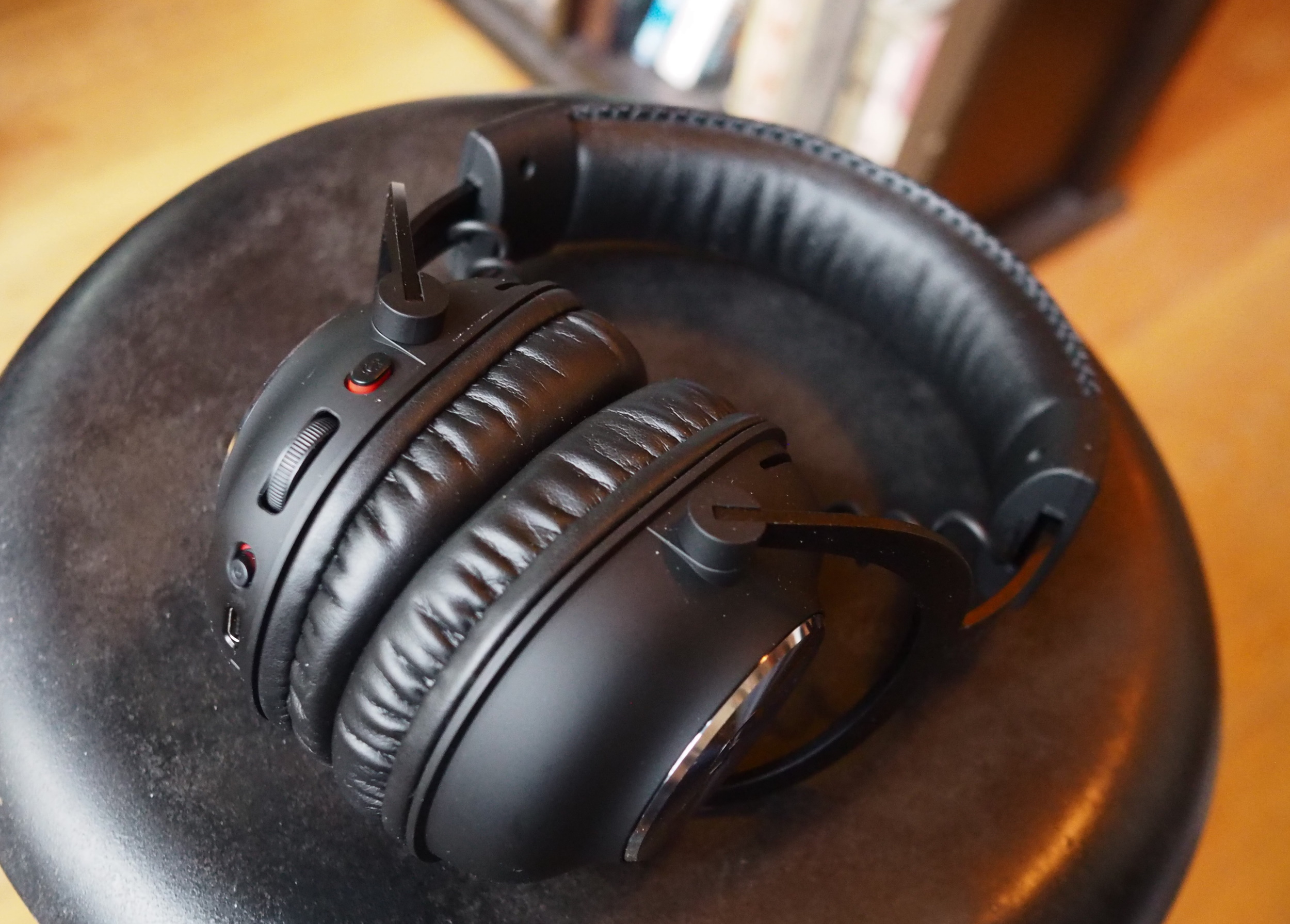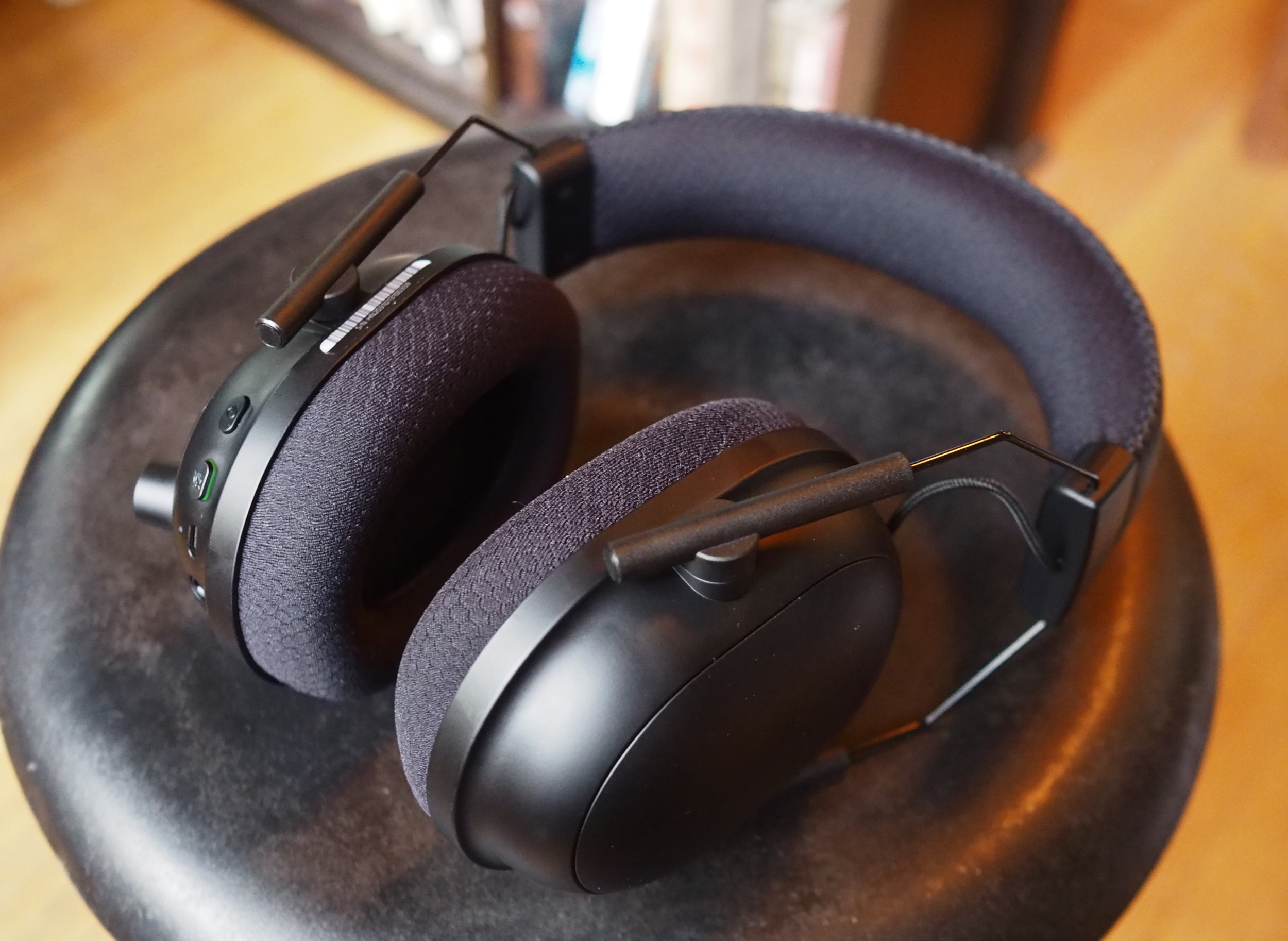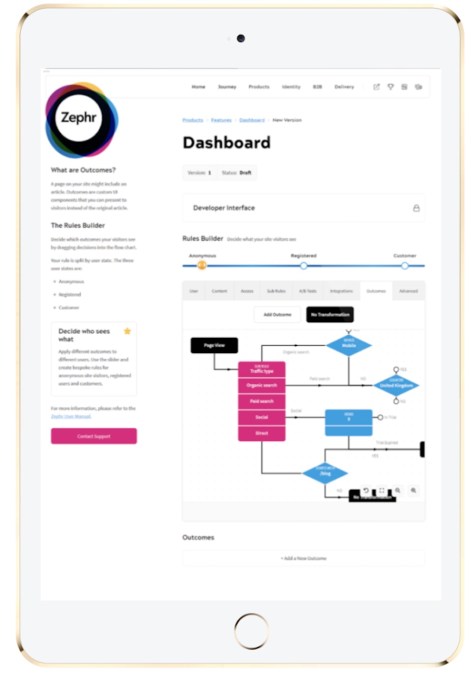News: This Week in Apps: The year’s best apps, 2020’s biggest downloads, the App Store’s newest hire
Welcome back to This Week in Apps, the TechCrunch series that recaps the latest in mobile OS news, mobile applications and the overall app economy. The app industry is as hot as ever, with a record 204 billion downloads and $120 billion in consumer spending in 2019. People now spend three hours and 40 minutes per day using apps, rivaling TV. Apps
Welcome back to This Week in Apps, the TechCrunch series that recaps the latest in mobile OS news, mobile applications and the overall app economy.
The app industry is as hot as ever, with a record 204 billion downloads and $120 billion in consumer spending in 2019. People now spend three hours and 40 minutes per day using apps, rivaling TV. Apps aren’t just a way to pass idle hours — they’re also a big business. In 2019, mobile-first companies had a combined $544 billion valuation, 6.5x higher than those without a mobile focus.
This week, Apple and Google announced their editorially curated lists detailing the best apps of the year, and Apple also revealed those that were downloaded the most. Apple also made a notable new hire for an App Store role and opened up its anticipated App Store Small Business Program to developers.
Top Stories
Best Apps of the Year
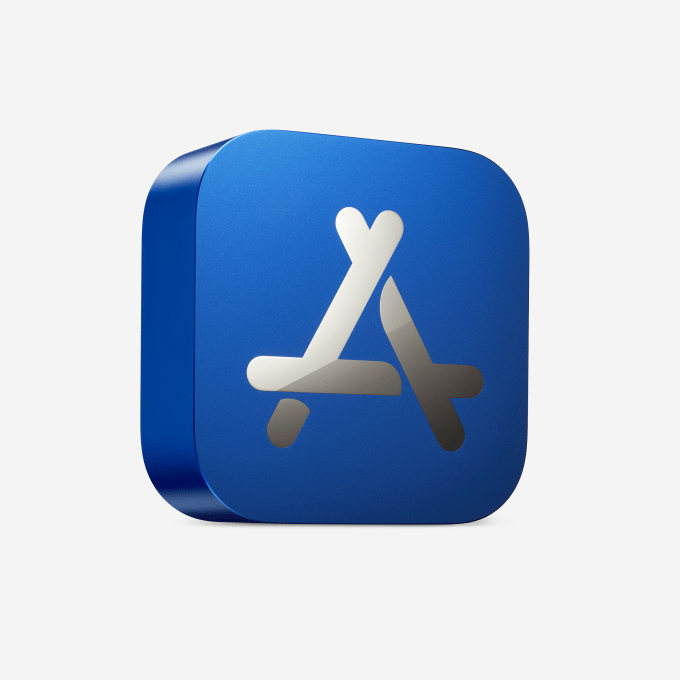
Image Credits: Apple
Both Apple and Google released their “best apps of 2020” year-end lists and there were some similarities between the two, as well as some differences. Both companies’ lists reflected the tough and stressful year 2020 has been, with everyone being stuck at home during a pandemic that changed how we worked, attended school, connected with friends and family, and entertained ourselves.
Apple and Google, as a result, both selected at least one “de-stressing” app among their year-end winners. In Apple’s case, it was Endel, an iOS app that won for Apple Watch App of the Year. Google, however, awarded sleep app Loóna the title of best app of the year.
Disney+ also made both Apple and Google’s lists, the former as Apple TV App of the Year and the latter as the User’s Choice for app of the year. The new streaming service was a godsend for families with younger children, who often struggled in 2020 to keep kids entertained. New releases like Onward and Mulan in 2020 helped give families something to look forward to, while Marvel and Star Wars content, including new series “The Mandalorian,” were hits with streamers, as well.
Another pandemic-prompted choice was Zoom, which won as iPad App of the Year. Though Zoom was around before the coronavirus outbreak, it’s now become a part of our everyday lexicon as an interchangeable term for “online video meeting” — as in, “let’s do a zoom call about that.” The iPad app at least made these endless virtual meetings a little less painless.
And home workout companion Wakeout! become Apple’s iPhone app of the year, as most people gave up the gym due to coronavirus risks. The app’s quick one-minute breaks helped users stay moving, even when stuck at home for days on the couch or working on their laptop in bed.

Image Credits: Genshin Impact (screenshot via Sensor Tower)
Meanwhile, gacha-based action role-playing game Genshin Impact won as “best game” of the year on both Apple and Google’s lists. While a cynical take is that the app stores wanted to point users to a huge moneymaker — the game reportedly earned $245 million its first month and nearly $400 million in two months on mobile — it also highlights consumers’ desire for console-like experiences on mobile.
The game, however, has been heavily criticized for its gacha game monetization techniques, which though common to games in China, Japan and South Korea, are basically gambling mechanics. And addictive ones at that. But as a Wired report noted, some of this comes down to cultural differences. U.S. users grew up on cartridge games, not arcade games, where you were constantly inserting more money to keep playing. Western users just aren’t as comfortable with this “spend to keep playing” business model, which they feel is predatory.
Apple’s other top apps of the year included perennial favorite Fantastical as Apple’s Mac App of the Year; Legends of Runeterra as iPad Game of the Year; Disco Elysium as Mac Game of the Year; Dandara Trials of Fear as Apple TV Game of the Year; and Sneaky Sasquatch as the Apple Arcade Game of the Year.
Google’s list also included SpongeBob: Krusty Cook-Off as users’ choice for best game, and it highlighted a variety of top titles in various gaming subgenres in a dedicated section of its Play Store.
2020’s most downloaded apps
Apple also gave a peek into the “best” apps of the year, as determined by app downloads. The pandemic played a role here as well, making Zoom the most-downloaded iPhone app of 2020.
Also of note, TikTok was the biggest social media app by downloads, ahead of all the Facebook-owned apps making the list, including Facebook, Instagram and Messenger. Square’s Cash App hit No. 10, as the pandemic saw increased demand for contactless payments and direct giving to people in need.
The most-downloaded apps and games of 2020 were, as follows:
Top Free iPhone Apps
- ZOOM Cloud Meetings
- TikTok
- Disney+
- YouTube
- Snapchat
- Messenger
- Gmail
- Cash App
Top Paid iPhone Apps
- TouchRetouch
- Procreate Pocket
- Dark Sky Weather
- Facetune
- HotSchedules
- AutoSleep Track Sleep
- The Wonder Weeks
- SkyView
- Shadowrocket
- Sky Guide
Top Free iPhone Games
- Among Us!
- Call of Duty: Mobile
- Roblox
- Subway Surfers
- Ink Inc. – Tattoo Drawing
- Magic Tiles 3: Piano Game
- Brain Test: Tricky Puzzles
- Brain Out
- Coin Master
- Cube Surfer!
Top Paid iPhone Games
- Minecraft
- Plague Inc.
- Heads Up!
- Monopoly
- Bloons TD6
- Geometry Dash
- NBA 2K20
- Grand Theft Auto: San Andreas
- The Game of Life
- True Skate
Top Free iPad Apps
- ZOOM Cloud Meetings
- Disney+
- YouTube
- Netflix
- Google Chrome
- TikTok
- Amazon Prime Video
- Gmail
- Hulu
- Google Classroom
Top Paid iPad Apps
- Procreate
- GoodNotes 5
- Notability
- Duet Display
- Teach Your Monster
- LumaFusion
- Affinity Designer
- Toca Hair Salon 3
9: Toca Life: Hospital - Toca Kitchen 2
Top Free iPad Games
- Among Us!
- Roblox
- Magic Tiles 3: Piano Game
- Ink Inc. – Tattoo Drawing
- Call of Duty: Mobile
- Subway Surfers
- Dancing Road: Color Ball Run!
- Tiles Hop – EDM Rush
- Mario Kart Tour
- Save The Girl!
Top Paid iPad Games
- Minecraft
- Monopoly
- Bloons TD 6
- Plague Inc.
- Geometry Dash
- The Game of Life
- Five Nights at Freddy’s
- Human: Fall Flat
- Stardew Valley
- Terraria
Top Arcade Games
- Sneaky Sasquatch
- Hot Lava
- Skate City
- Sonic Racing
- PAC-MAN Party Royale
- SpongeBob: Patty Pursuit
- Oceanhorn 2
- Crossy Road Castle
- WHAT THE GOLF?
- LEGO Brawls
Josh Elman joins Apple to focus on App Store discovery
VC Josh Elman announced this week he was joining Apple in a role that will see him helping customers “discover the best apps for them.” In other words, app discovery.
Elman’s background includes RealNetworks, LinkedIn, Zazzle, Facebook and Twitter, and later moved into VC. Elman worked at venture firm Greylock in 2011 as a principal, and by 2013 he had become a general partner. While there, he invested in SmartThings, as well as social networks like Musical.ly (now the massive No. 2 app of the year, TikTok), Nextdoor, Houseparty and Discord. He later moved to fast-rising fintech startup Robinhood and now, he’s heading to Apple.
Weekly News
Platforms
- Apple opens up enrollment into the App Store Small Business Program. The program will reduce App Store commissions to 15% for qualified developers with revenues under $1 million.
- Google announced Android’s winter update will include an expanded Emoji Kitchen in Gboard, auto-narration for Google Play Book without narration, a “Go Tab” in Google Maps for frequent destinations, Android Auto soon arriving in more countries, support for app sharing in Nearby Share and Voice Access improvements.
- Google launches the first version of Android Studio Arctic Fox (2020.3.1) on the Canary channel, along with Android Gradle plugin (AGP) version 7.0.0-alpha01. The release is also notable for moving to a year-based system more aligned with IntelliJ IDEA, the IDE upon which Android Studio is built. Going forward, the number scheme will work like this: <Year of IntelliJ Version>.<IntelliJ major version>.<Studio major version>. The new version of Android Studio includes over 200 improvements and bugs, including those in the code editor, app inspection tools, layout editor and the embedded emulator.
Services
- Amazon will now let iOS users text Alexa to ask for things instead of using their voice.
Security & Privacy
- Twitter now supports hardware security keys for iPhones and Android.
- Google Authenticator app for iOS adds a dark theme and support for bulk 2FA account transfers, helpful for switching between devices.
- Google launches Android Enterprise Essentials, an MDM for SMBs that will require their employees to use a lock screen and encryption to protect company data and can remotely wipe devices. It also prevents users from installing apps outside the Google Play Store via the Google Play Protect service.
Accessibility
- iPhones can now automatically recognize and label buttons and UI features for blind users using Screen Recognition in iOS 14.
- Android’s winter update, similarly, will introduce a new version of Voice Access that will use ML to understand interface labels and buttons on devices.
Apps in the News
- Google now lets anyone contribute to Google Maps’ Street View using the Street View app and Android phone that supports ARCore.
- Telegram is the first third-party app to use Apple’s Announce Messages with Siri feature for AirPods.
- Google adds the messaging feature every iMessage user dreams of: the ability to schedule sending of messages in Google’s Messages app.
- Reddit reveals DAUs for first time: 52 million.
- Google Assistant can now reply to messages from WhatsApp, Google Voice and more.
- Google Maps gets a Facebook-like news feed with business updates, local reviews and more.
- TikTok tests three-minute long videos. (But we don’t need longer versions of its viral hits like M to the B).
- Triller claims 321 million downloads and 65 million MAUs. (Former employees have accused the TikTok rival of inflating its numbers, which Triller denies.)
- Evernote rolls out a redesign on Android. The updates include a new note editor, faster search and improved navigation.
- Google’s learn-to-code app Grasshopper is now available in Spanish.
- WhatsApp will now allow users to set custom wallpapers, adds doodle wallpaper in more colors and adds new stickers.
- E-commerce app Wish accused of selling counterfeit products.
- 7-Eleven adds its own mobile wallet to its app to allow customers, including cash customers, a contactless way to pay at its stores using their phone.
- Match-owned dating app Hinge refreshes design and adds a “Standouts” feature to show users outstanding prompts and photo prompts from their best potential matches, and can answer with a new paid feature, Roses.
- Quibi is really gone now.
Trends

Image Credits: App Annie
- App download rates have declined by 4% since 2015, but active engagement has grown.
- Messaging app usage is up 13% (four-year CAGR), and users spend 67% more time in messaging apps than in social media apps.
- Messaging apps that offer privacy features see, on avgerage, 30% more active users than alternatives.
- Q3 smartphone sales down 5.7% in Q3 to 366 million.
- Mobile shopping climbed 25% on Black Friday to $3.6 billion.
- U.S. shopping app downloads on Black Friday reached a record 2.8 million per Sensor Tower, or 2.7 million per App Annie. App Annie also said shopping shopping app downloads topped 2.3 million on Thanksgiving and 2.1 million on Cyber Monday.
- On Black Friday, Walmart was the No. 1 U.S. shopping app download, followed by Amazon. On Cyber Monday, that was reversed, also per App Annie.
- In-app revenue was 150% higher on Black Friday than the average of the previous 30 days, says AppsFlyer.
- App Store and Google Play consumer spending topped $100 billion from January 1-November 29, Sensor Tower says.
Funding and M&A
- Salesforce buys Slack for $27.7 billion.
- VSCO acquires the tech and team from the AI-powered video editing app Trash to move further into the video market. Deal terms weren’t available, but Trash was backed by $3.3 million.
- Teen banking app Step raises $50 million. The app is TikTok star Charli D’Amelio’s first startup investment. Other investors included lead Coatue; returning investors from Stripe, Crosslink Capital, Collaborative Fund and Will Smith’s Dreamers VC; and celeb investors D’Amelio, Justin Timberlake and The Chainsmokers, Eli Manning, Kelvin Beachum, Larry Fitzgerald and Andre Iguodala.
- Ivanti acquired security firms, including enterprise mobile security firm MobileIron and corporate VPN provider Pulse Secure. Ivanti bought MobileIron for $872 million in stock.
- U.K. challenger banking app Monzo adds £60 million in funding.
- AR gaming startup Krikey raises undisclosed funding, including from Jio Platforms. The company has raised $22 million to date.
- Wellory raises $4.5 million for its anti-diet nutrition app.
- Airbnb to IPO with shares priced between $44 and $50.
- ESL app for kids Novakid raises $4.25 million.
- Virtual fitness app Salut raises $1.25 million.
- Video app Supergreat, a TikTok for beauty products, raises $6.5 million.
- Mental health app Intellect raises undisclosed round led by Insignia VP.
Review
We tried the Apple Watch Family Setup with a tween. They weren’t impressed with the apps or the controls, but did like the Memoji. No Roblox group chat on the small screen? Boo.
Downloads
Iconboard
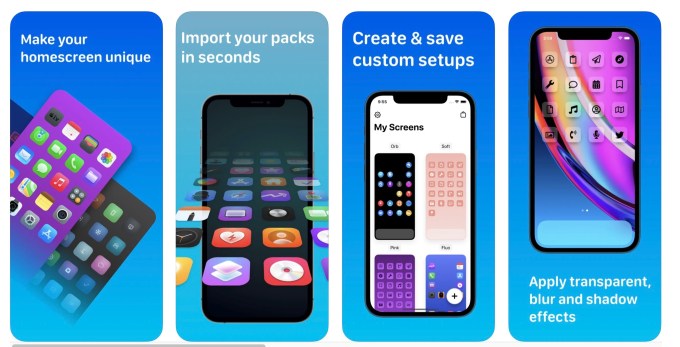
Image Credits: Iconboard
If you find it too frustrating to use Apple’s Shortcuts to build your own custom icons, you can turn to Iconboard instead. This newly launched app lets you design a style for your icons and apply it to all of your icons at once. It can even create invisible icons to give you a way to space out items on your screen.
Cardlet

Image Credits: Cardlet
While I’ve been enjoying Punkpost’s custom designs for when I’m too lazy…err I mean busy…to send my own handwritten notes and cards, Cardlet is ready to give my go-to app a run for the money. Like Punkpost, Cardlet will send a real paper card on your behalf, but it adds a modern-day touch: The app includes a hidden AR experience that brings the card to life when viewed with the camera.
Heynote
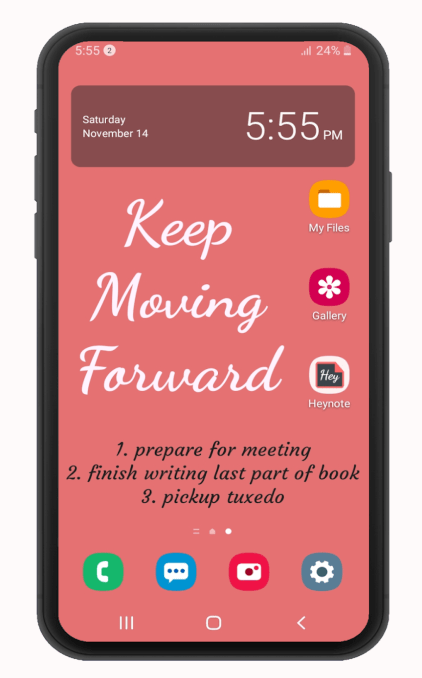
Image Credits: Heynote
Some people don’t trust to-do lists, reminders or calendar notifications to always get the job done. When there’s something we really need to remember, we stick it directly on our home screen. (Okay, this one may only appeal to a small niche of scatterbrained users like me.) But if you have, in the past, also designed your own temporary wallpaper just so you won’t forget a super critical appointment, the Android app Heynote, (hat tip to Android Police!) might help. Instead of a widget or reminder, this app lets you put custom text directly on your home screen as a custom wallpaper. Doctor appt. at 11 AM? You can’t forget it when it’s there every single time you look at your phone.



